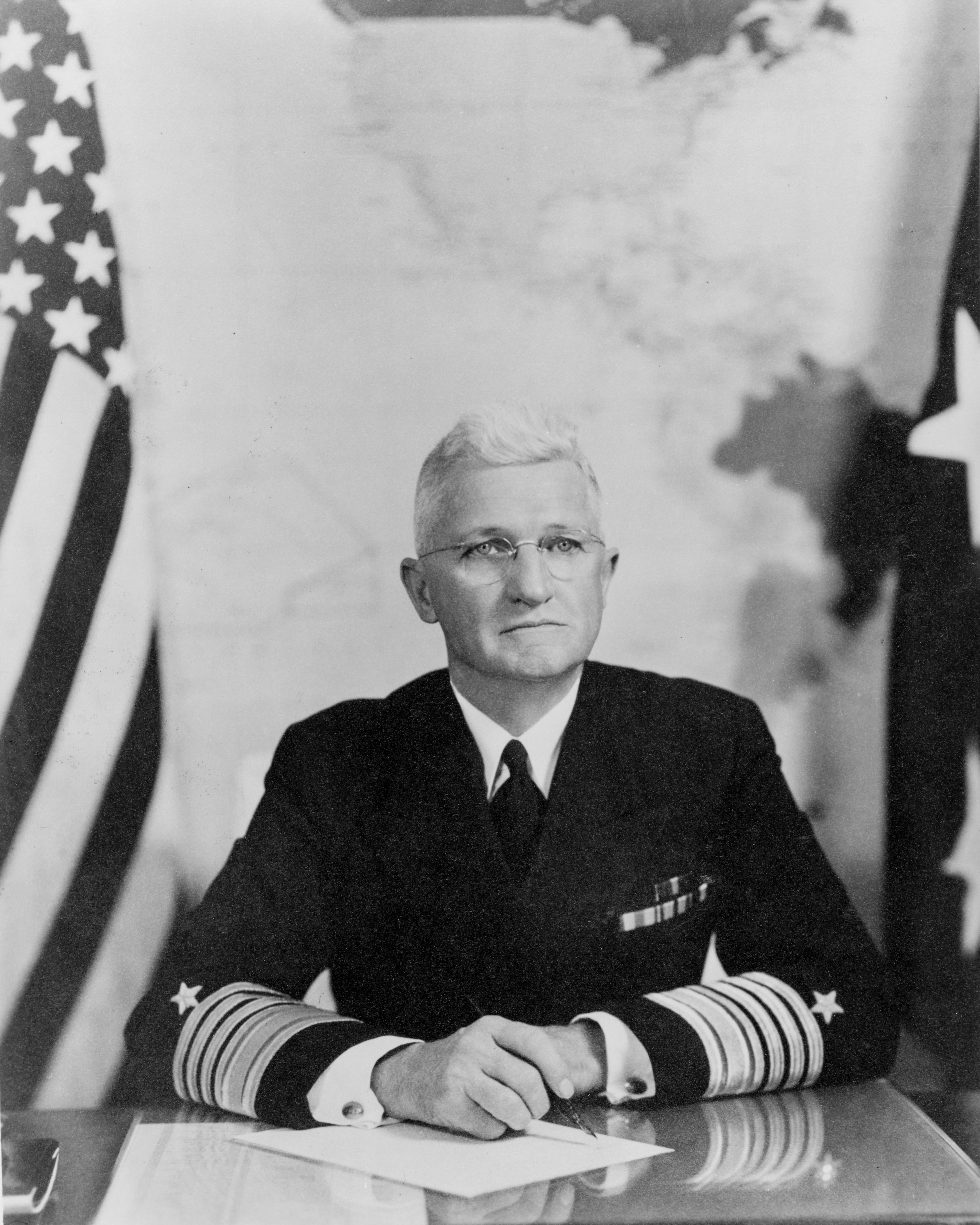McPherson
Banned
1. It is a critique of a military mindset of two navies functionally at war.I'm not sure I even disagree with this, Mac. But it's really a critique of damage control technique and training. Isn't it?
2. In the case of the USS Pennsylvania, one notes from her action report, that she maintained a standing AAA watch in drydock!
0802 to 0805 (Exact time not known). Pennsylvania commenced firing at enemy planes, – reported as first ship opening fire by personnel on board. All anti-aircraft batteries were rapidly brought into action. After release of torpedoes three planes came in low from the port beam, strafing Pennsylvania, – strafing attack not effective. During the torpedo attack, one enemy plane was observed to burst into flames about 2,000 yards on the starboard bow.
3. That was a WELL TRAINED crew. Unbelievable how effectively they fought the ship. Simply incredible.
4. PoW might be hard pressed to match USS Pennsylvania on 7 December 1941.And it's a bit unfair to hold Prince of Wales in December 1941 (for all of the deficiencies of the crew even by the RN standards of the moment, thanks to inadequate training) up to the standards in play aboard Pennsylvania in spring 1945. The USN was, as we know, pretty good about damage control from the outset, and they got a whole lot better during the war.
About lessons learned from Pearl Harbor.
5. The lessons learned seemed to have been quite quickly applied, by the USS Pennsylvania's crew.Damn right it was.
6. God damn Harold Stark.
7. Mistakes Stark made... Harold Rainsford Stark - WikipediaFinally, something I can agree with.
Though for a less fraught period, Betty Stark's flaws would have been less consequential.

Harold Raynsford Stark - Wikipedia
happened long before he screwed up as CNO. And these mistakes were consequential, as we both well know from the "torpedo crisis".
8. Reach into the General Board and one cannot go far wrong.But credit to FDR (a man I am not a fan of) for reaching down the ranks to put in place King and Nimitz at the moment when it mattered most.
9. Quoting from the citation at 6....And yet, *that* Admiral Richardson simply did not believe the attack would be a naval air attack, as witnessed by his steady refusal to employ torpedo nets in the harbor. There is, alas, every reason (as Gordon Prange contended) to think that had Richardson still been CinC on December 7, 1941, Pearl Harbor would have happened more or less as it did in OTL. Though he was right (and courageous) to push back against FDR, FDR unwittingly did him a favor by firing him - saving him from Kimmel's fate.
It is kind of axiomatic that one does not conduct expensive PBY reconnaissance out to 600+ kilometers as Richardson did; if one is not "expectant of an air attack by an enemy aircraft carrier based and centered task force." However, the question of torpedo nets does raise another question of whether or not Admiral Richardson believed that the IJN would or could solve the problem of shallow entry and stabilized run into target of air dropped torpedoes. As one knows now, that problem SHOULD have been addressed as early as 1934, when USN aviators suggested such a weapon should be investigated. So...So, I believed that some of the responsibility for the failure to have daily long-range air reconnaissance as part of the daily routine in 1941 at Pearl Harbor lies directly on the doorstep of the CNO. Having been told by the Commander-in-Chief that daily long-range reconnaissance would be carried out, he said it "was not necessary."
Who was the Chief of the Bureau of Ordnance in 1934?
Harold Stark.
10. One son of a bitch, sent for another son of a bitch and a TEXAN.As I say, though, Roosevelt kind of made up for it, and then some, by hiring King and Nimitz.
Last edited:
